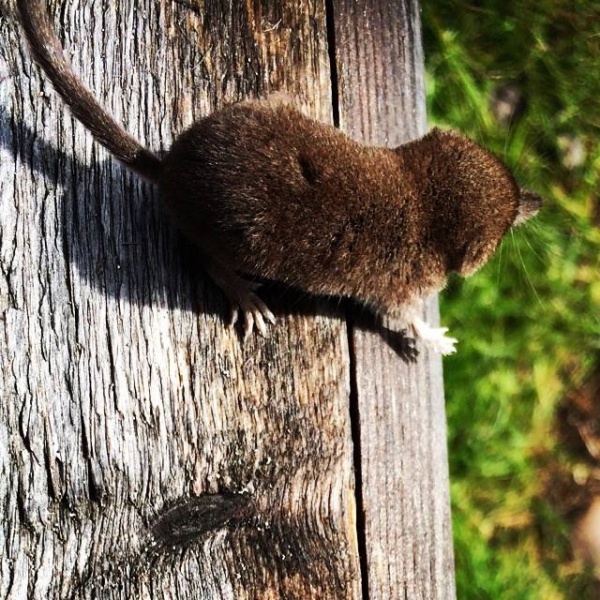Facts About Laxmann's shrew
The Laxmann's shrew, commonly known as the masked shrew, is a captivating small mammal that inhabits a vast range extending from northern Scandinavia and the Baltic regions to the Sea of Japan. These shrews can be observed in areas such as Hokkaidō, Sakhalin, and the Korean Peninsula. Preferring mountain forests, they are also found in tundra, moorlands, and some lowland regions, although they generally avoid cultivated lands.
Named after Erik Laxmann, who first described the species in 1788, the Laxmann's shrew boasts several subspecies. These diminutive mammals are characterized by their elongated, narrow snouts, glossy fur, and two-toned coats. Their distinct dentition further differentiates them from other species.
Laxmann's shrews exhibit remarkable adaptability, thriving in the taiga zones of northern Europe and Asia. Their range spans from Norway and Sweden to parts of China, Korea, Japan, and Sakhalin Island. They thrive in both mountain and lowland forests, particularly in moist woodlands replete with moss, small trees, and proximate to water sources.
Diurnally active, these shrews sustain themselves on a diet of small invertebrates including insects, spiders, millipedes, and earthworms. They also occasionally consume conifer seeds. The breeding season commences in summer, with females producing multiple litters of 2 to 11 young in subterranean nests. However, their lifespan is typically brief, averaging around one year.
Despite their extensive geographical distribution, Laxmann's shrews are abundant in many regions. The primary threat to their population is timber felling. Fortunately, their population remains stable, leading the International Union for Conservation of Nature (IUCN) to classify them as a species of "least concern."
